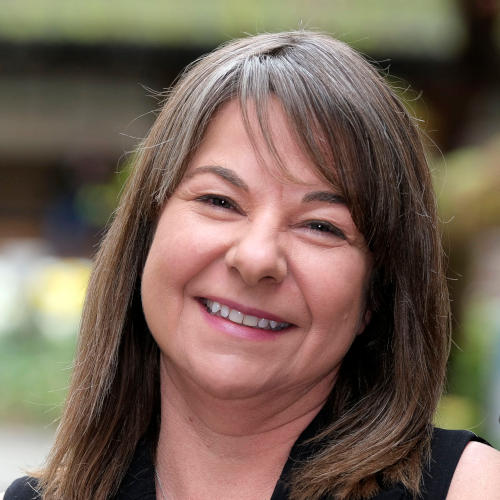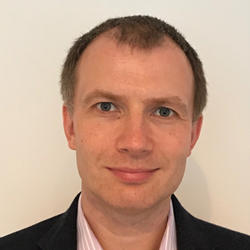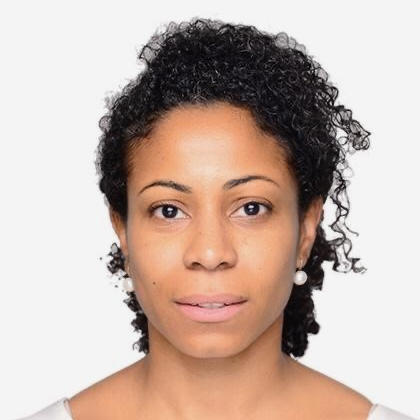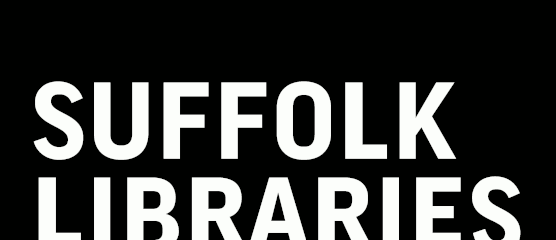Day 1: Sustainability
1 - Introduction
Meet Abi G and Abi J, our hosts for the day, who will introduce you to the world of Sustainability with our team of experts from BT and N2S:
2 - Sustainability with Matt & Janet
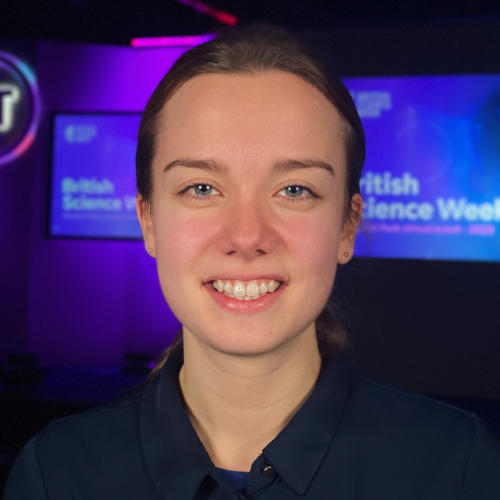
Key qualifications: LLB (Hons)
What does your job involve? Working within the Group sustainability team I get to interact with colleagues from across the whole business to understand and support them with ideas and initiatives that can help advance BT's ambitions across the circular economy.
How did you get into your current role? Having read Law at university I wasn't sure what career path I wanted to pursue. My first proper role after finishing university was working for an environmental consultancy firm supporting businesses with various environmental legislation. This opened up the world of sustainability to me. Prior to joining BT, I worked for several years at a leading UK retailer covering many aspects including waste & resource management, environmental services, extended producer responsibility, climate action and net zero.
What did you want to be when you were younger? I was (still am) a bit of an adrenaline junkie when I was younger and I wanted to be a fighter pilot.
What do you do outside work? I still dust off the football boots to play at the weekends when I can, otherwise I'm usually spending time with my family. With two young boys it currently consists of dinosaurs, superheroes, monsters and fart jokes (boys for you!).
Key qualifications: MBA (Cranfield) MCIM
What does your job involve? Spearheading the strategy for EE & BT Consumer to hit 'Net Zero' by 2040. Building the case to show how environmental sustainability is a win for the planet and a win for the company's financials. Driving business change with approaches like Circularity e.g., sustainable products by design and reusability / recyclability.
How did you get into your current role? Environmental sustainability is my lifelong passion. So alongside my previous New Product Development role, I volunteered to help drive the sustainability agenda for my area and over time moved to take on a permanent full time position.
What did you want to be when you were younger? I enjoy design, problem solving and I'm Dyslexic. I discovered that career choices such as product design / sustainability management allowed me to use the inventive creative skills that are often part of Dyslexia.
What do you do outside work? My favourite activities are travelling (and enjoying the local food!), scuba diving and skiing.

What are BT doing to become a more sustainable company?

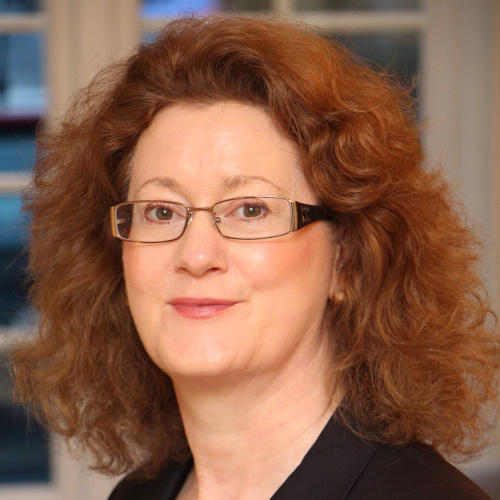
BT Group has been a leader on climate action for 30 years. We set our first carbon reduction target in 1992 and we went on to become one of the first companies to set a science-based target in 2008. Our networks and buildings are all powered by renewable electricity, and we're aiming to transition our fleet to electric or zero-emission vehicles by 2030, and be net zero across our supply chain by March 2041. Our infrastructure is powering the UK's road to net zero. We're investing in full fibre broadband and 5G mobile that will pave the way for lower-carbon ways to live and work. Our networks and solutions can help our customers cut carbon too. Tech has enormous potential to make cities and factories smarter and manage homes more efficiently!
What are some of the biggest challenges to deliver a sustainable future?


It is not easy and will require a huge shift in the way people live, work, eat and travel (just to name a few). To live more sustainably often requires a different way of thinking about the solutions, and can sometimes require more effort compared with the less sustainable option. Over-consumption is probably the biggest challenge, thus moving to a world where we no longer "own" things and simply use them for the service they provide will enable us to be more resource efficient. It will also ensure better recovery of products for reuse or recycling. Many of the green technologies we need to deliver a sustainable future also come with their own hurdles. They require more resources to be mined and manufactured if we are to get to a net zero world at the speed we need to.
3 - Have a go activities
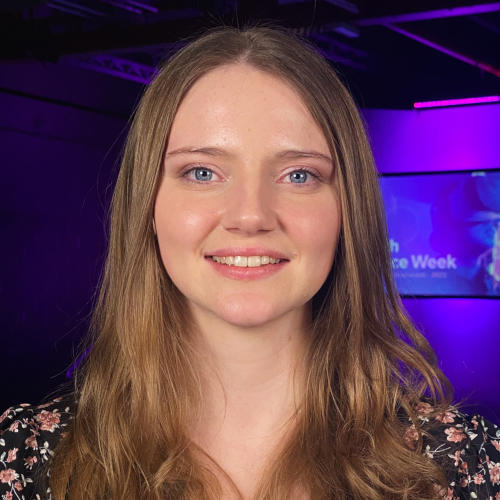
4 - Career profiles

Key qualifications: Programme management and a passion for the environment.
What does your job involve? Strategy, thought leadership and external engagement. Trying to encourage others to take action on climate.
How did you get into your current role? I have a background in public affairs and programme management.
What did you want to be when you were younger? A marine biologist - I love nature and the sea and its inhabitants!
What do you do outside work? I try to spend as much time as I can in my native country, Sweden, on a small island in the Baltic Sea just to connect with nature.
Key qualifications: BA(hons), MSc in progress
What does your job involve? I'm currently building a data model to gain an understanding of the power requirements of BT's network, hoping to identify opportunities to reduce carbon emissions. Being surrounded by people researching ways to improve BT, healthcare, sustainability, etc. There is so much research happening in new and exciting fields all the time and it is amazing to feel part of that system.
How did you get into your current role? I changed direction. Having been an archaeologist working with SQL databases and GIS mapping software for years I decided to take on a masters degree in Geographic Information Systems. While studying I saw roles being advertised in sustainability research and felt this was something I could make a difference in.
What did you want to be when you were younger? Everything! It changed on a weekly basis.
What do you do outside work? I have a regular group of friends that gets together to play boardgames.
Key qualifications: BSc Physics, MSc Computer Science
What does your job involve? I am technical lead for our sustainability research. It's great work - technically challenging, very broad involving people and behaviours, physics, and computer science. Seeing the changes BT has made to save energy and become greener as a result of my research - it's the best feeling.
How did you get into your current role? I really enjoyed physics with its mixture of maths and practical work. Following graduation I ended up in BT Research without any plans. I stayed as the work has been so varied. I moved into Sustainability Research when a good friend phoned me whilst I was on holiday (in a tent) to tell me about a new team that was forming - he kindly and quickly put my name down as he knew of my interest.
What did you want to be when you were younger? An author - and I have written a book on mobile networking as well as many scientific papers.
What do you do outside work? I love being outdoors - mostly walking, sometimes climbing and I love music and play flute in local groups.
Key qualifications: MSc, PhD in Computer Science
What does your job involve? My job is to apply research in areas such as Artificial Intelligence and Operational Research to real-life problems in BT, with a particular focus on sustainable operations to help BT achieve its net-zero ambitions. The best thing about my job is my brilliant team.
How did you get into your current role? My PhD at Essex University was in collaboration with BT, and I joined BT shortly afterwards. I have spent most of my BT career in our research department working on optimisation and resource management challenges, but also led an operational analytics team in Openreach for several years. I have been in my current role as a research team lead since 2017.
What did you want to be when you were younger? Always a scientist. First in mathematics, but then I discovered computers...
What do you do outside work? I love to solve programming puzzles, and am an active runner and cyclist.
Key qualifications: MSc International Political Economy, BSc and A Levels (Biology, History & Maths)
What does your job involve? Saving lives on this planet with our greatest asset; our people (& Machine Learning/Artificial Intelligence). Ensuring that as we grow our business, we are conscious of the footprint that we leave behind. Practically, that means ensuring that we meet our target to reduce energy & waste through planned and tactical initiatives. And the best bit, inspiring and energising people along the way.
How did you get into your current role? I am a 'returner' - what does that mean? It means I had a corporate career for 15 years, but I took time out to care for my family. So 'returning' to a new chapter with a different kind of network and from a different perspective. I worked in International Payments Networks (Visa, Amex) and I faced out to customers and partners. Now I am working for a Technology company and I face in towards our colleagues.
What did you want to be when you were younger? Very briefly, an actress and then a secret agent. But more seriously, a humanitarian worker. My MSc thesis changed my mind though. It was on 'Trade not Aid' and I was committed to doing good from within profit-driven organisations. They have actually afforded me the time to keep supporting causes voluntarily.
What do you do outside work? I used to run marathons but my kids take up pretty much all my free time, for now. Thankfully, they enjoy many of the other things my partner and I do. Spending time with friends, visiting sites of historical significance and engineering, marvel, world cuisine and Top Gun!
5 - N2S

Key qualifications: BA(hons)
What does your job involve? I am very fortunate to have a role that means empowering others to act positively towards the planet. I get to talk about the circular economy, urban mining and the biggest part of my job is story telling which I love!
How did you get into your current role? I had a change in direction after being fortunate enough to meet the founder of n2s in my previous role. I love innovation and have always been interested in environmental and sustainable living so it was just the perfect opportunity to get involved at an exciting time in the company's history.
What did you want to be when you were younger? I wanted to be a musician, something that I now enjoy as an active hobby, playing various instruments within local community groups.
What do you do outside work? I love to go "off grid" and spend time in wild places. My most recent trip involved living on an eco-conservation project, staking out beavers at night whilst learning what amazing environmental landscapers they are! I am thrilled the UK Government has recently backed their reintroduction and protection.
Key qualifications: BSc Biochemistry
What does your job involve? At Bioscope, we use bioleaching to extract metals from e-waste. My job involves ensuring the microorganisms we use to recycle e-waste are thriving. The bacteria we use at Bioscope need their nutrients, pH, temperature, and environment to be optimum, to allow them to grow exponentially. If the bacteria are fulfilled in all the above parameters, the metals are bioleached from the e-waste.
How did you get into your current role? I studied Chemistry, Biology and Maths for my A Levels. I worked for three years, before deciding to go to university. As I enjoyed Biology and Chemistry, I thought what better degree to do than Biochemistry.
What did you want to be when you were younger? I wanted to be a Cardiologist.
What do you do outside work? I run a charity in Zimbabwe, that empowers women and girls in disadvantaged urban and rural communities with menstrual hygiene education, and sustainable sanitary wear. I also love cooking, so I host my family and friends often!

What does a circular economy mean?


Currently we have become accustomed to a 'take-make-dispose' culture. However, the aim of a circular economy is to design out waste and pollution, by creating products that are more repairable and last longer. Also by using materials that are easily and sustainably recoverable and can be reused. A circular economy has other benefits too, such as creating more jobs and economic activity.
What is bioleaching?


Bioleaching uses naturally occurring micro-organisms (bacteria) to harvest metals from e-waste through oxidation (digestion). Further processes are then involved to recover the metals from the leachate such as electroplating.
6 - Related STEM learning content
If you enjoyed this content, why don't you take a look at some of these other great resources around this topic below:

